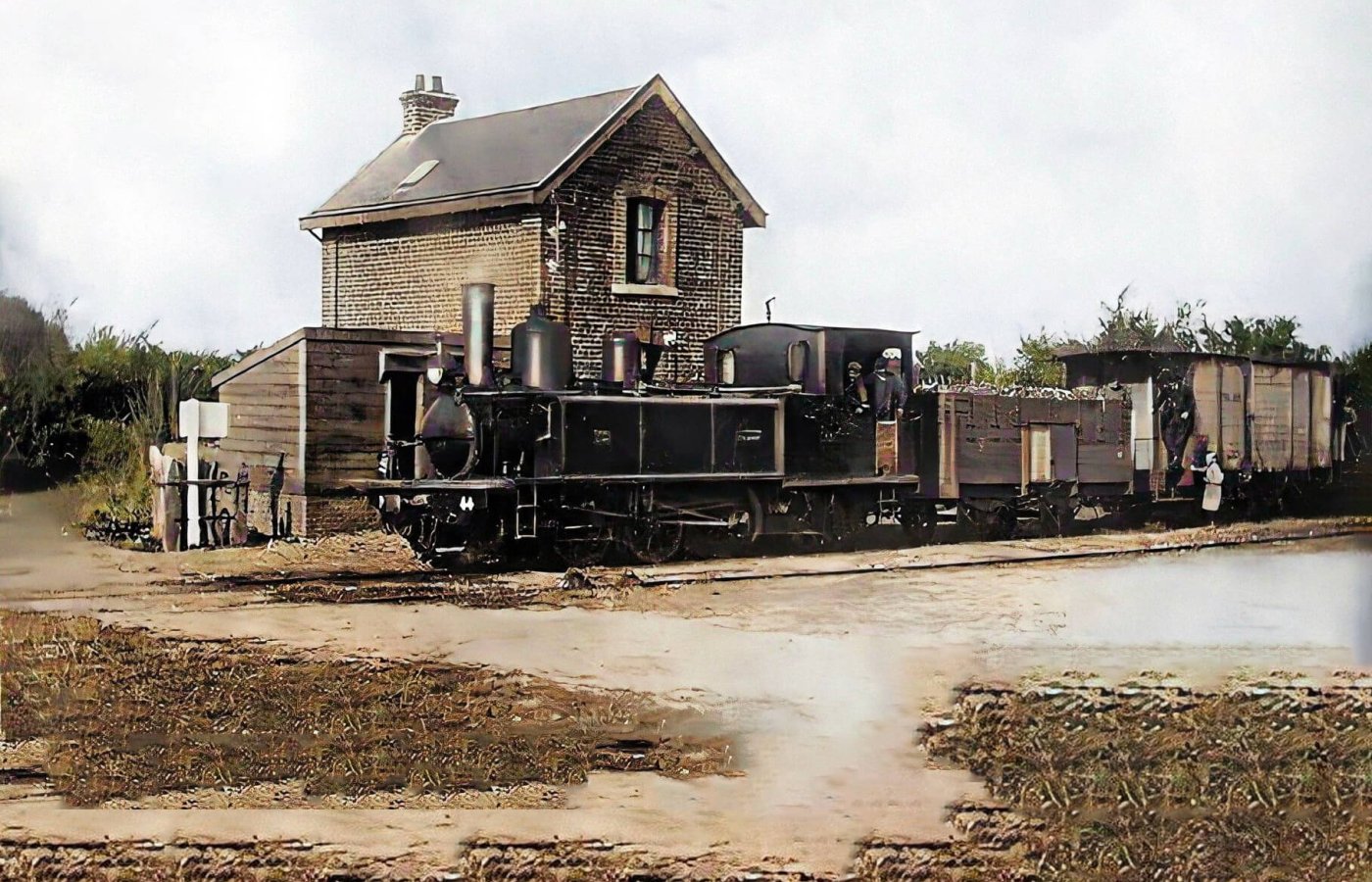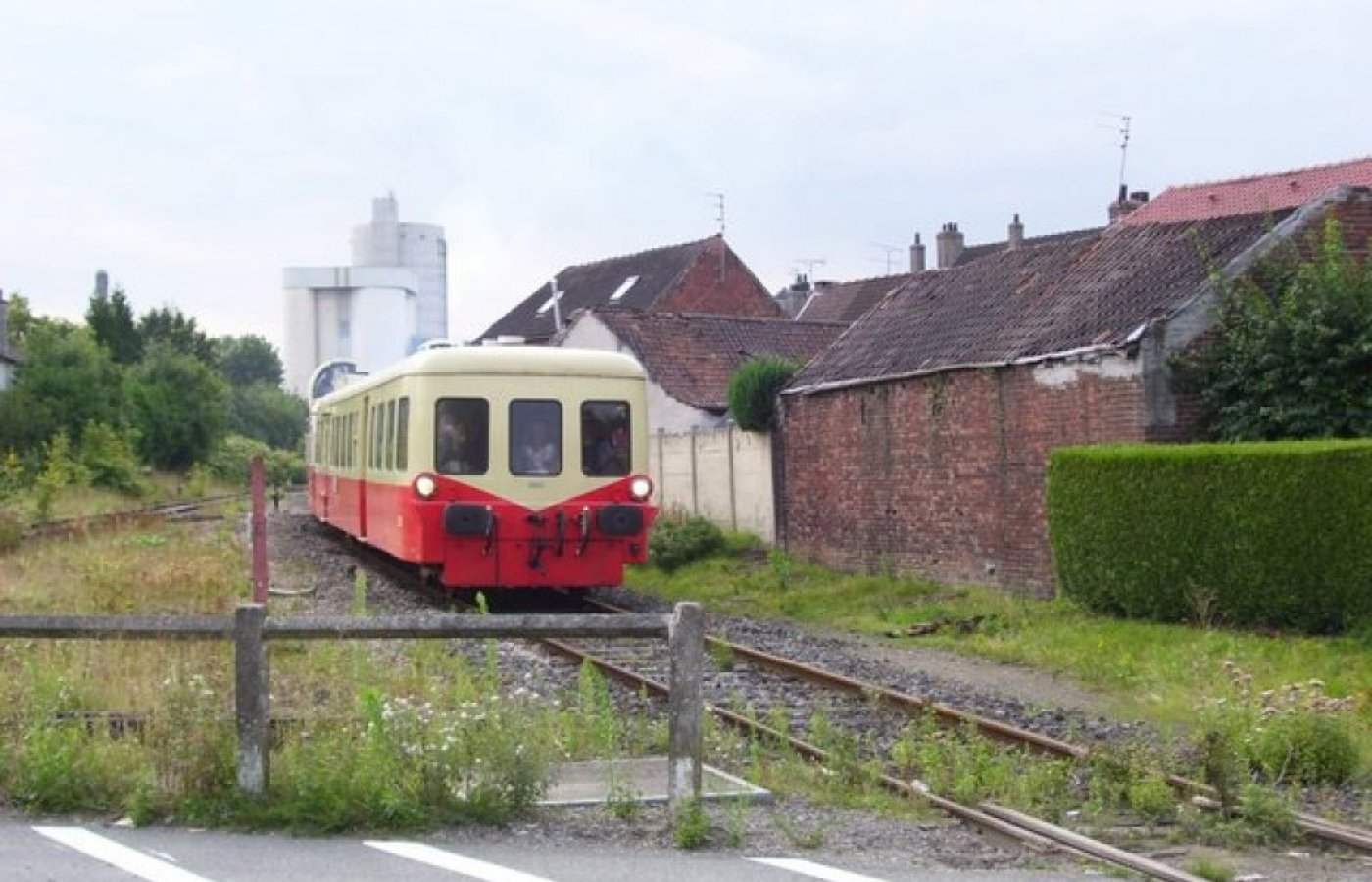Journey on historic trains
Come meander the Aa valley on 15 km of railway and in the heart of the Regional Natural Park of Caps and Marais d'Opale
Quick browse
History of the line
The Saint-Omer – Boulogne line is 56 km long. It is a double track line up to Arques and single track beyond with a passing track in the stations of Blendecques, Wizernes, and Lumbres until 1916.
Practical information for your trip
What are the prices? And the means of payment?
Our rates are available by clicking here.
We accept payments by bank card, cash, bank check, holiday vouchers, and online ticketing.
How to contact the CFTVA?
Telephone: 03 21 93 45 46
Email: contact@cftva62.com
Address Postal: [3 rue des Cuvelots 62380 BAYENGHEM-LES-SENINGHEM](https://www.google.com/maps/dir/50.751163,2.2508778/3+Rue+des+Cuvelots,+62380+Bayenghem-l% C3%A8s-Seninghem/@50.7306717,2.0928062,12z/data=!3m1!4b1!4m9!4m8!1m1!4e1!1m5!1m1!1s0x47dc52f502b60b73:0xc24704c6012d4246!2m2!1d2.07 48143!2d50.699948)
Arques station address: [Rue de l'Europe – Low speed access 62510 ARQUES](https://www.google.com/maps/dir//Acc%C3%A8s+Petite+Vitesse+ %26+Rue+de+l'Europe,+62510+Arques/data=!4m6!4m5!1m1!4e2!1m2!1m1!1s0x47dcfedac631a1a7:0x64516dda785350e9?sa=X&ved=2ahUKEwi54Zmh9db9AhW_UqQEHSmmCcwQw wV6BAgVEAQ)
How to come by train or by bus?
By bus (Lines 3 or 6)
Stop: Arques Center Ville (Place) Please note: no bus on Sundays and public holidays!
Information: http://mouveo. ca-pso.fr/
By train
The nearest station is Saint-Omer station Site TER Hauts from France
Information: https://www.sncf-connect.com/
Is the site accessible to people with reduced mobility?
Our historic rolling stock is unfortunately not suitable for wheelchair access.
Only the Picasso railcars are accessible. The space available for wheelchairs is however limited, so we thank you for want to notify us in advance at 03 21 93 45 46, or by email contact@cftva62.com
Will the train run during my visit to the region?
To find out if the train will run on the day of your visit to the Pays de Saint-Omer, here is the 2025 traffic program.



